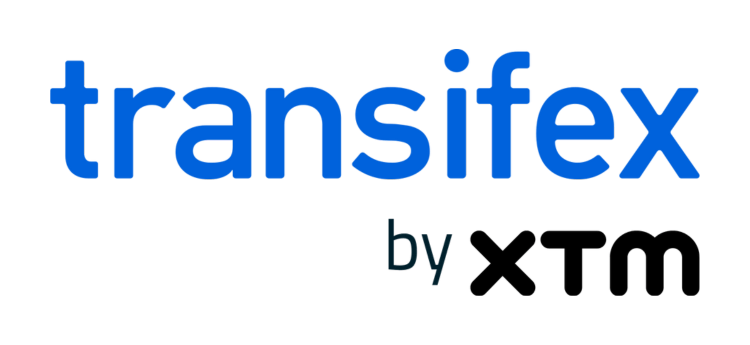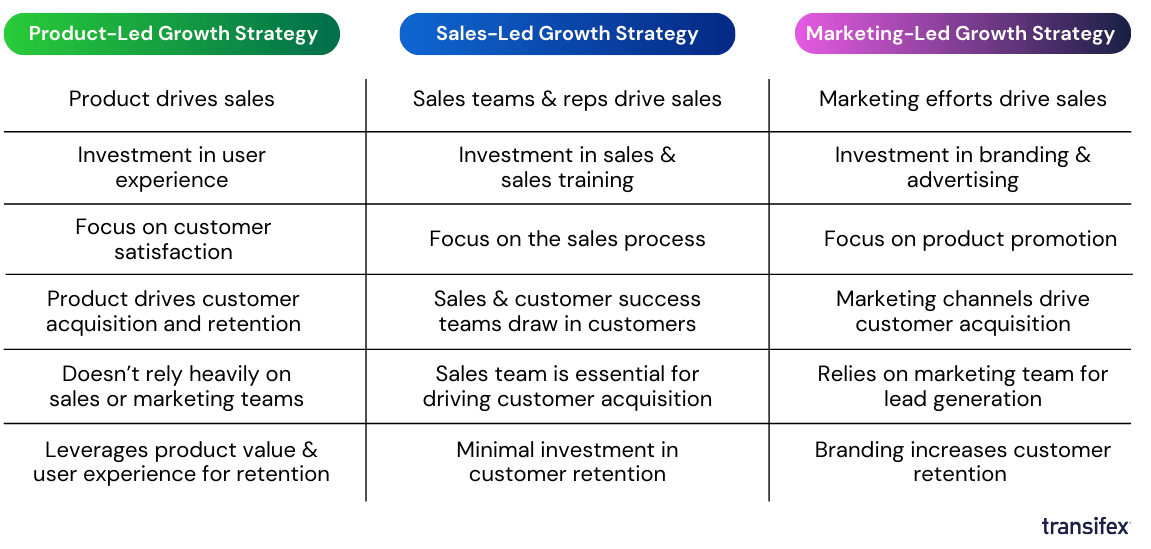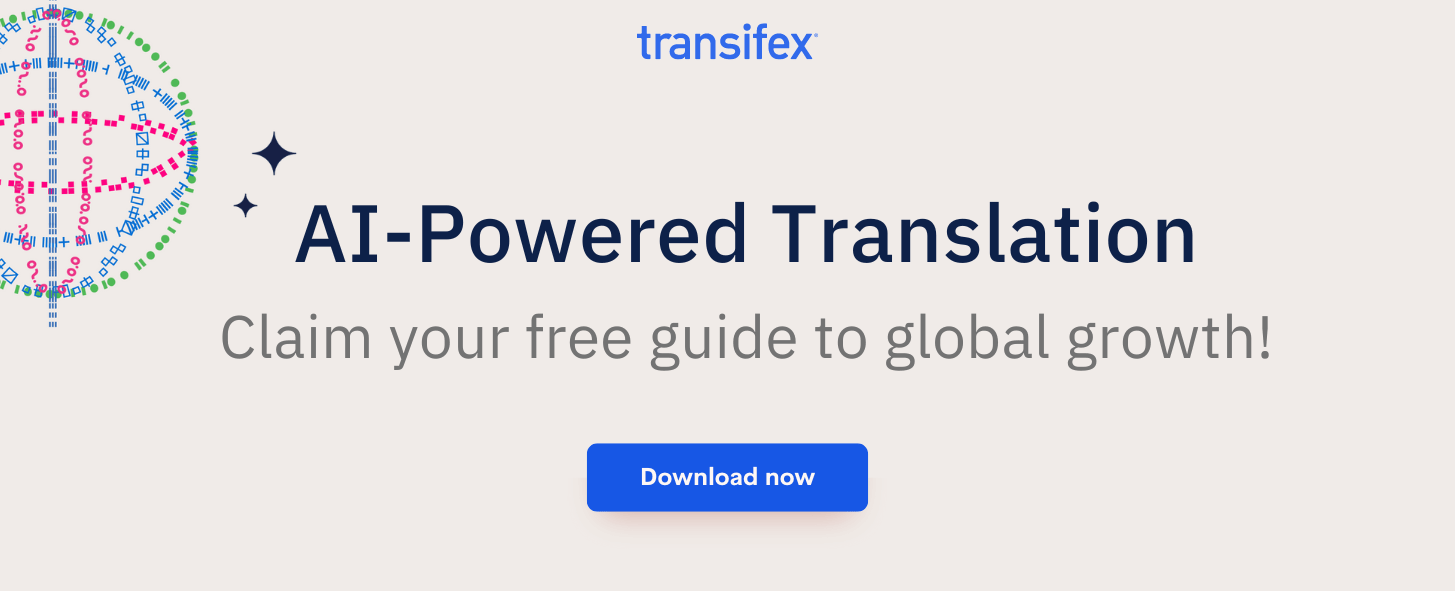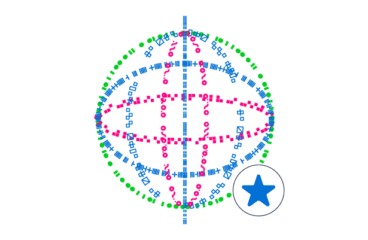Product-led growth is becoming increasingly popular, especially with SaaS businesses, as it offers numerous benefits and customer acquisition opportunities.
But what is product-led growth? What does it offer to SaaS businesses? How can you implement it to drive sales? And what companies have successfully implemented it?
Keep reading to find out more!
What is Product-Led Growth?
Product-led growth, or PLG, is a business strategy that positions the product as the primary driver for customer acquisition and retention, ultimately leading to revenue growth.
User experience is critical in product-led growth, as users can try the product before purchasing it. Investing in an excellent user experience, product-led growth businesses can gain users’ trust, increasing the chances of them becoming paying customers.
Why is Product-Led Growth Important for SaaS Businesses?
The product-led growth marketing strategy is an excellent way to expand your SaaS business and reach more customers. It’s no surprise that many SaaS companies choose this as their primary marketing strategy!
By focusing on the user, SaaS businesses provide instant gratification by allowing to try their product before making a purchase. This can significantly shorten sales cycles and lead to faster results.
What’s more, in today’s fast-paced world, users are more independent and prefer to educate themselves instead of interacting with salespeople before buying products. Product-led growth’s self-service approach gives a prospective customer exactly that through freemium models or free trials!
What Are the Benefits of Product-Led Growth (PLG)?
Product-led growth offers numerous benefits, making it a key part of many businesses’ global marketing strategies. Let’s explore them!
#1 Lower Customer Acquisition Cost
Since the product is the primary sales driver, product-led businesses don’t use salespeople to sell their products. Instead, they focus their outreach efforts on attracting potential customers already interested in their product.
These factors, combined with the fact that the product was originally designed to appeal to users, can lower customer acquisition costs (CAC)!
#2 Shorter Sales Cycles
The sales process is shorter in product-led growth compared to traditional approaches, like sales-led growth strategies.
Instead of watching sales presentations by salespersons, users experience the product’s value firsthand through a freemium or a free trial and educate themselves about it at their own pace. This self-serve approach can accelerate sales cycles and reshape customer journeys, reducing time-to-value!
#3 Better Customer Retention Rates
Customer retention is a top priority for product-led growth businesses, as it is a key factor for increasing their revenue in the long run.
Product-led companies focus on customer retention by developing their products with the end user in mind. If the product is easy to use and provides valuable solutions to users’ problems, they are more likely to become loyal paying customers.
Moreover, product-led businesses ask for and consider customers’ feedback. This helps them adjust the product to meet users’ needs, increasing customer lifetime value and satisfaction!
#4 Faster Scalability
As mentioned above, in product-led growth, the product is designed with a focus on user experience and customer satisfaction.
Therefore, PLG businesses don’t need to invest excessive resources in building big marketing and sales teams, as the product sells itself. This can result in faster product scalability compared to sales-led companies.
#5 Less Dependence On Sales and Customer Success Teams
Businesses implementing a product-led growth model don’t rely on sales teams to acquire new and retain existing customers as sales-led companies do. Users can buy the product on the website or upgrade to a premium trial on their own, without the help of a sales rep.
Additionally, PLG companies use in-app guides and demos to educate users, so they don’t depend on customer support to learn how to use the product.
Product-Led Growth VS Sales-Led Growth & Marketing-Led Growth
A product-led model is different from a sales-led growth or marketing-led growth strategy. Let’s explore their differences in the table below:
Examples of Product-Led Growth Companies
Now let’s take a look at some examples of companies successfully implementing a product-led growth model!
#1 Hubspot
Besides offering free trials to let users experience the product, HubSpot also features lessons and tutorials that let customers educate themselves about how the platform works at their own pace.
#2 Notion
Notion focuses on providing a streamlined user experience, offering personalized templates that meet the needs of different types of users. Each template features instructions to help customers educate themselves!
#3 Slack
Slack uses in-app messages and in-app education (product tours, resources, certifications, etc) to drive action and help users navigate the platform.
How Transifex’s Features Can Boost Your Product-Led Growth Strategy With Examples
Transifex offers powerful tools and features that help you successfully implement your product-led strategy, acquire customers, and facilitate the buying process.
#1 Continuous Localization
Transifex enables businesses to continuously localize their product for different markets without disrupting their development workflow. For a product-led company, this means it can offer its product in multiple languages and markets simultaneously, reaching a broader audience and driving organic growth globally.
- Example: Hubspot utilizes Transifex has the capability to roll out new features or versions of its product in multiple languages simultaneously. This ensures that users around the world can access the most recent updates in their native language. This, in turn, improves the user experience, leading to increased adoption rates and reduced customer turnover in non-English speaking markets.
#2 In-Context Editor
Transifex’s in-context editor allows translators to see the actual product interface as it works. This ensures translations are contextually accurate, enhancing the product’s usability and user satisfaction across different languages.
- Example: A PLG company, which relies heavily on user experience, can use this feature to ensure that its multilingual user base receives a product that feels natural and intuitive in every supported language, thus maintaining a seamless customer experience that drives user growth.
#3 API Integration
Transifex’s API integration allows for seamless connection with development tools, enabling automatic updates and continuous localization. This means that as a product evolves, the localization can keep pace without manual intervention, which is critical for rapid iteration in a PLG model.
- Example: Oportun’s mobile app can use Transifex to automatically update translations as new features are pushed to the app, ensuring that users in all markets have a consistent and up-to-date experience, leading to higher engagement and faster adoption of new features.
#4 Collaboration Tools
Transifex offers tools that allow cross-functional teams to collaborate effectively on localization projects. In a PLG environment, where quick iterations based on user feedback are crucial, these tools ensure that the product’s language and tone remain consistent across all markets, even as new features are rapidly deployed.
- Example: Eventmobi uses Transifex to coordinate between developers, translators, and product managers to roll out localized versions of new product features quickly, ensuring that all users receive the best possible experience at the same time.
#5 Transifex AI
Transifex AI enhances the user experience by leveraging AI-driven capabilities to create highly contextual multilingual content. By leveraging brand-specific resources such as style guides, glossaries, translation memory, and audience preferences, Transifex AI ensures that translations are not only accurate but also perfectly aligned with the brand’s voice and messaging. This consistency across languages enhances user trust and satisfaction, which is crucial for reducing churn and maintaining a loyal global user base.
- Example: A PLG company can maintain consistent terminology across its interface in all languages, ensuring that users who interact with different parts of the product don’t encounter confusing or inconsistent translations. This helps in reducing user frustration and churn.
#6 Multi-Format Support
Transifex supports a wide range of file formats, making it easy to localize all aspects of a product, from UI text to help documentation. For PLG companies, this ensures that every user touchpoint is in their preferred language, enhancing the overall user experience.
- Example: A digital product company can ensure that its web interface and user manuals are localized simultaneously, providing a fully localized experience from the moment a new user signs up to when they need support, thereby increasing satisfaction and retention.
#7 Community Translation
Transifex allows companies to leverage their user base for translations through community translation features. This not only reduces costs but also increases user engagement and ownership, leading to advocacy and organic growth.
- Example: A PLG company like WhatsApp could use Transifex to involve its users in translating the app into their native languages. This would speed up localization and create a community of engaged users who are more likely to promote the product within their networks, driving growth.
#8 Scalable Localization Management
As a product grows, so does the complexity of managing its localization. Transifex’s platform is built to scale, allowing PLG companies to manage multiple languages, projects, and teams efficiently. This ensures that the quality of the product remains high even as it reaches new markets.
- Example: Celonis uses Transifex to manage the localization of its product training material into dozens of languages simultaneously without losing control over the quality and consistency of the translations. This allows the company to scale its user base without sacrificing the user experience.
Are you ready to boost your product-led business strategy with Transifex?
Sign up for a free trial today!
FAQs
What are the most important product-led growth metrics?
The most important product-led growth metrics are:
- Product qualified leads (PGLs)
- Customer lifetime value (CLV)
- Retention rate
- Activation rate
- Time-to-value (TTV)
- Free-to-paid conversion rate
- Net churn
- Expansion revenue
- Average revenue per user (ARPU)
- Customer acquisition cost
How can you attract new users in PLG?
PLG companies mainly attract customers through free trials and a freemium model, which allows users to try the product before deciding whether to upgrade to premium.
What’s the difference between a sales-led and a product-led approach?
A product-led growth approach puts the product at the center of marketing and sales efforts, investing in a seamless user experience that will convert users to paying customers. A sales-led growth strategy relies on sales teams, using sales representatives to sell the company’s product.











